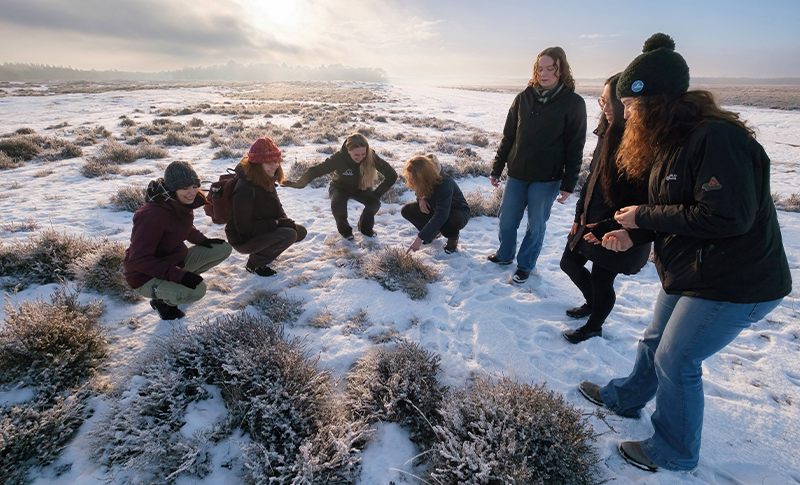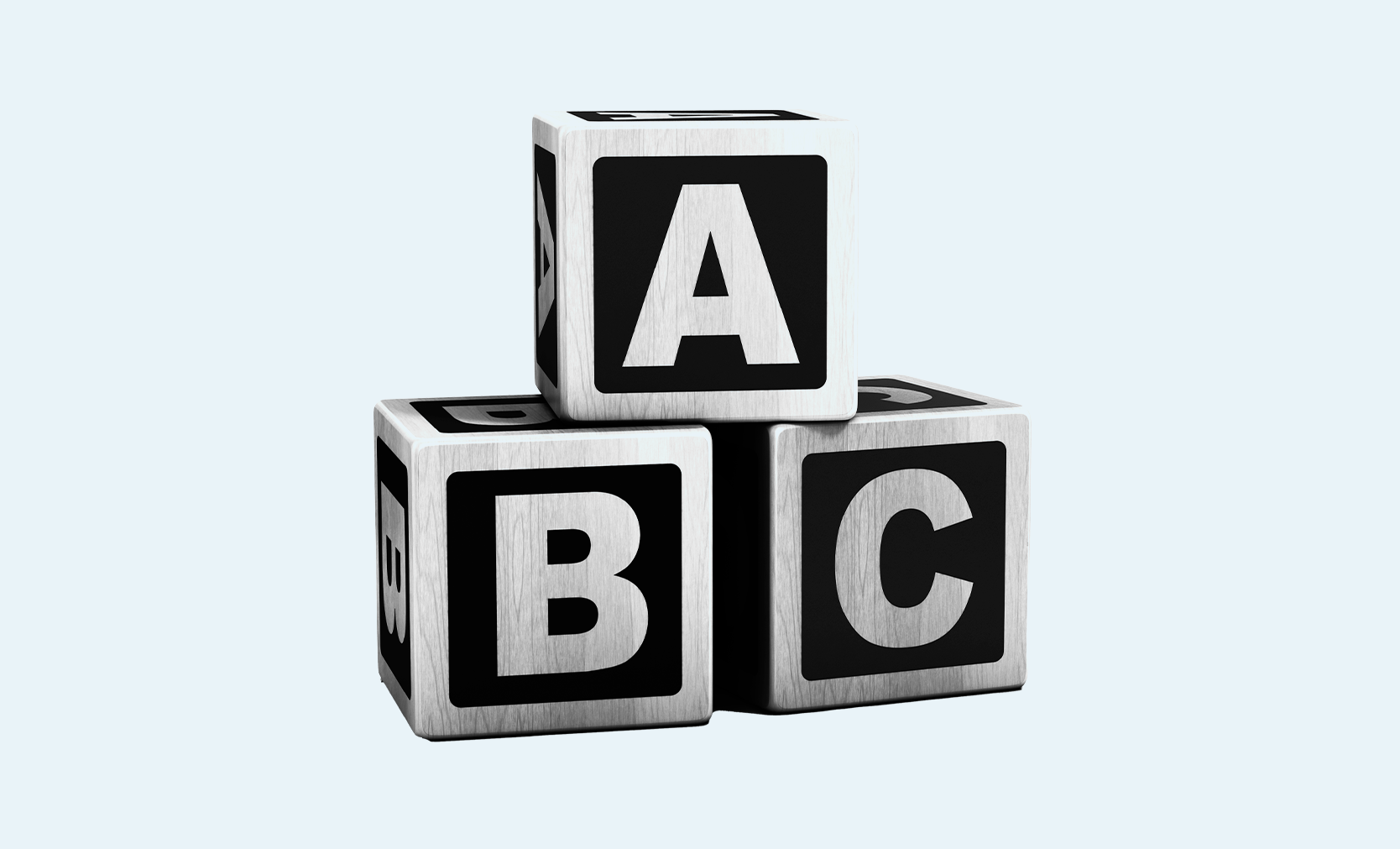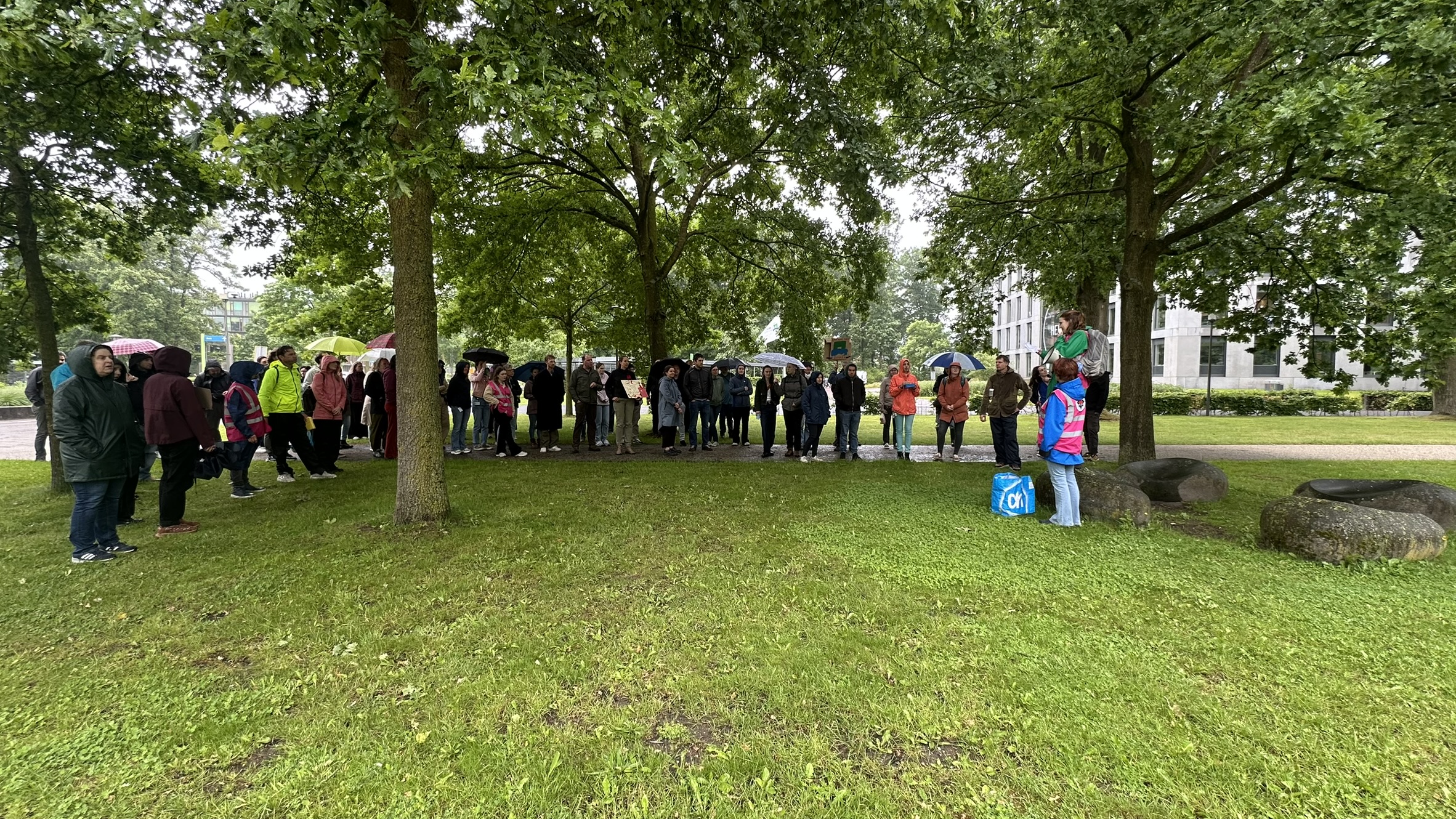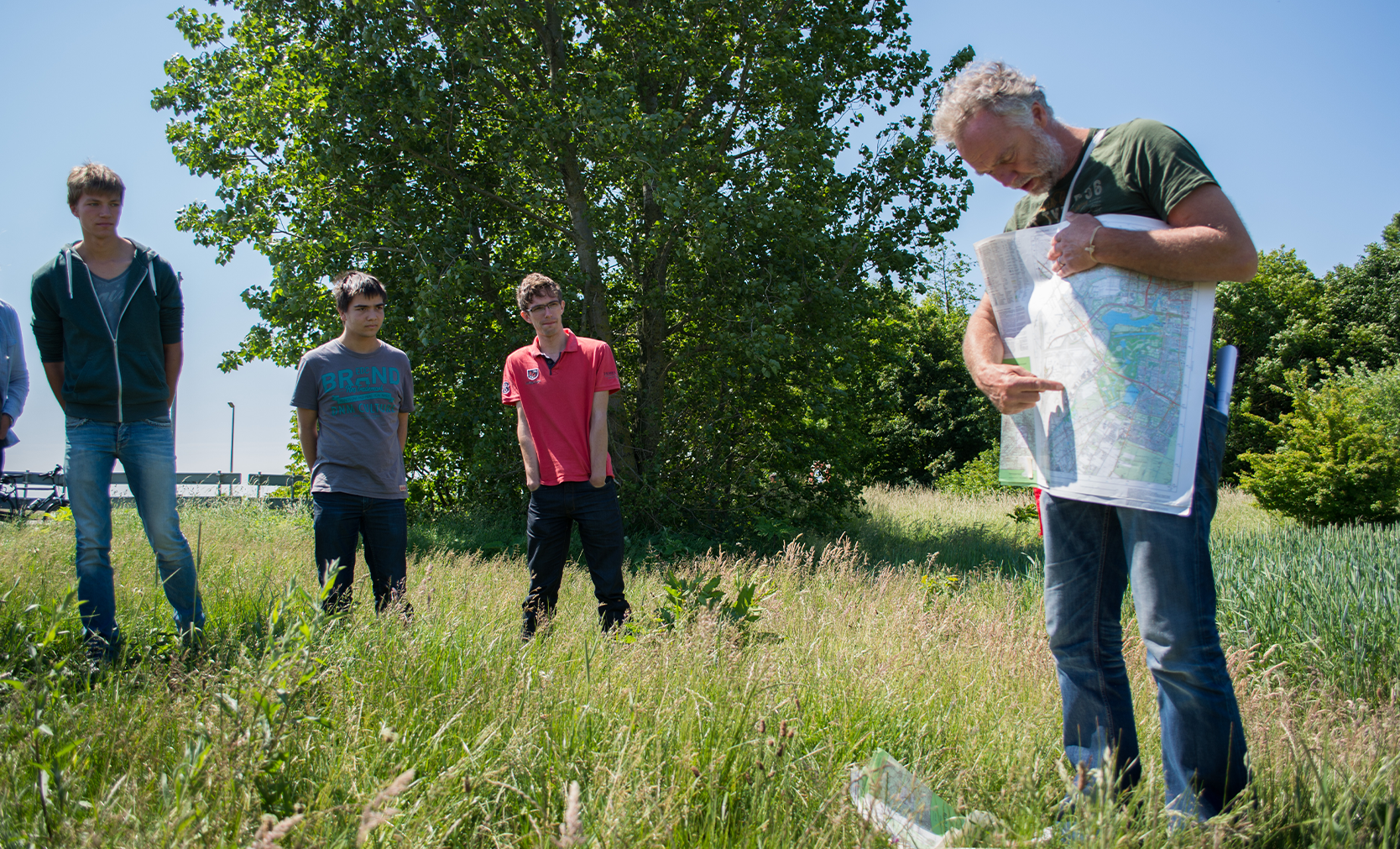Thriving clumps of moor grass alongside languishing heather bushes. Hardly any lichen, while carpets of heath star moss stretch for metres. The effects of excessive nitrogen deposition are very clear to see on the Ginkelse heide, a heath near Ede. Which makes it the perfect place for an outdoor lesson, say the Master’s students doing the ACT assignment: ‘Develop an educational module on nitrogen’.
What is nitrogen exactly, why is too much of it a problem for biodiversity, how can you see that, and where in the Netherlands is it obvious? Interested nature-lovers who wonder about such things can’t always find the answers easily. But that should change soon, thanks to a few Wageningen Master’s students. In eight intensive weeks they applied themselves to their ACT assignment on developing material for a module on nitrogen. (ACT is Academic Consultancy Training, a compulsory component of most Wageningen Master’s programmes.)
The request for a module of this kind came from a private organization called Natuuropleiding (Nature Course), which provides courses for adults who are curious about nature. Nitrogen should definitely be included in the teaching material, thought Natuuropleiding founder Monique Könings. ‘Nitrogen is really important to nature in the Netherlands, but for a lot of people it remains a rather vague concept. And it’s not easy for a lay person to learn about it: in the fierce public debate, those for and against a stricter policy often proclaim totally contradictory things. Good luck with sorting fact from fable in all that,’ she says.
Senses
Könings knew what she wanted: lesson material that explains clearly and objectively how nitrogen in nature works, in a way that fits in with the Natuuropleiding philosophy: not a boring classroom lecture but active and experiential, using all the senses. She started her search for help from Wageningen with ecologist and nitrogen expert Wieger Wamelink. As well as offering valuable expertise on nitrogen, he posed a sobering question: ‘do you have funding?’ When the answer proved to be no, a solution was found by the Science Shop: Könings’ question met the criteria for a Science Shop project.
It’s not easy for a lay person to learn about nitrogen
Monique Könings, Natuuropleiding founder
An ACT project is part of every Science Shop project. And very interesting it was too, say the Master’s students who signed up for it: Moon van Asseldonk (Resilient Farming & Food Systems), Vera ten Bruggencate (Earth & Environment), Janne de Haan (Biology), Floor Hoevers (Ecology), Marieke Smit (Plant Sciences) and Douwe Klein Swormink (Earth & Environment). They spent eight weeks delving into the world of nitrogen and nature education under the supervision of Ecology researcher Lian Grabijn. Hoevers: ‘We didn’t know each other before this and we’re a group with pretty diverse backgrounds. It was interesting to combine all those different perspectives in an end product that we’re quite proud of.’
No half measures
And rightly so, says their client, Könings. ‘I was impressed by the students’ thorough approach. They consulted several Wageningen nitrogen scientists, freed up a number of Saturdays to join Natureopleiding classes, interviewed current and former participants, polled people around them about what they knew and thought about nitrogen, asked me searching questions and went out scouting for potential lesson locations. They definitely delivered no half measures.’
The project led to a 64-page advisory report for Natuuropleiding with detailed recommendations on the contents, structure and learning methods of the nitrogen module, appropriate to Natuuropleiding’s own learning style. ‘The students explain very clearly how Natuuropleiding can make the subject of nitrogen comprehensible in an appealing way – in spite of the often negative associations it carries.’ For example, the students describe the use of mini-experiments that increase people’s basic knowledge about nitrogen – tests on plants, say, giving some of them nitrogen fertilizer and others not. And they use methods that make room for the learners’ attitudes and emotions in relation to the subject. And ‘fieldwork’ plays a key role: locations like the Ginkelse heide, which literally make nitrogen deposition visible.
Ticking clock
With a 9 as the final grade and a very satisfied coordinator and client, the project can be called a success. The students agree. ‘Besides enjoying it, we learned a lot from the project,’ says the recently graduated plant scientist Smit. Her eyes twinkle when she’s asked what was the biggest learning experience: ‘I think we all learned a lot about working effectively . At first, we tended to discuss every aspect of the project at length in the whole group, without ever getting to the point or reaching a decision. Until we realized how fast the clock was ticking. Then we made our meetings more efficient, keeping an eye on the broad lines of the assignment and aiming for conclusions.’
The final report – and an interactive presentation of it – winds up this ACT project. The overarching Science Shop project is still going, and aims to run a pilot version of the nitrogen module next autumn – and possibly launch a MOOC-like variant in the longer term too, says coordinator Grabijn. Könings: ‘This is already much bigger and better than we could have dreamed of. I’m extremely pleased with the help we’ve had from Wageningen.’

 On the Ginkelse heath. From the
left: Janne de Haan, Moon van Asseldonk, client Monique Könings, Marieke Smit, Vera ten Bruggencate, coordinator Lian Grabijn and Floor Hoevers. Not in the
photo due to his exchange in Finland: Douwe Klein Swormink. Photo Guy
On the Ginkelse heath. From the
left: Janne de Haan, Moon van Asseldonk, client Monique Könings, Marieke Smit, Vera ten Bruggencate, coordinator Lian Grabijn and Floor Hoevers. Not in the
photo due to his exchange in Finland: Douwe Klein Swormink. Photo Guy 

